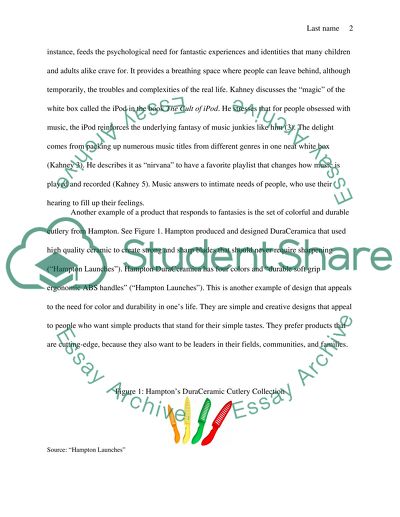Cite this document
(“The Marriage of Function and Form: Fulfillment of Subconscious Desires Essay”, n.d.)
The Marriage of Function and Form: Fulfillment of Subconscious Desires Essay. Retrieved from https://studentshare.org/visual-arts-film-studies/1453534-art
The Marriage of Function and Form: Fulfillment of Subconscious Desires Essay. Retrieved from https://studentshare.org/visual-arts-film-studies/1453534-art
(The Marriage of Function and Form: Fulfillment of Subconscious Desires Essay)
The Marriage of Function and Form: Fulfillment of Subconscious Desires Essay. https://studentshare.org/visual-arts-film-studies/1453534-art.
The Marriage of Function and Form: Fulfillment of Subconscious Desires Essay. https://studentshare.org/visual-arts-film-studies/1453534-art.
“The Marriage of Function and Form: Fulfillment of Subconscious Desires Essay”, n.d. https://studentshare.org/visual-arts-film-studies/1453534-art.


